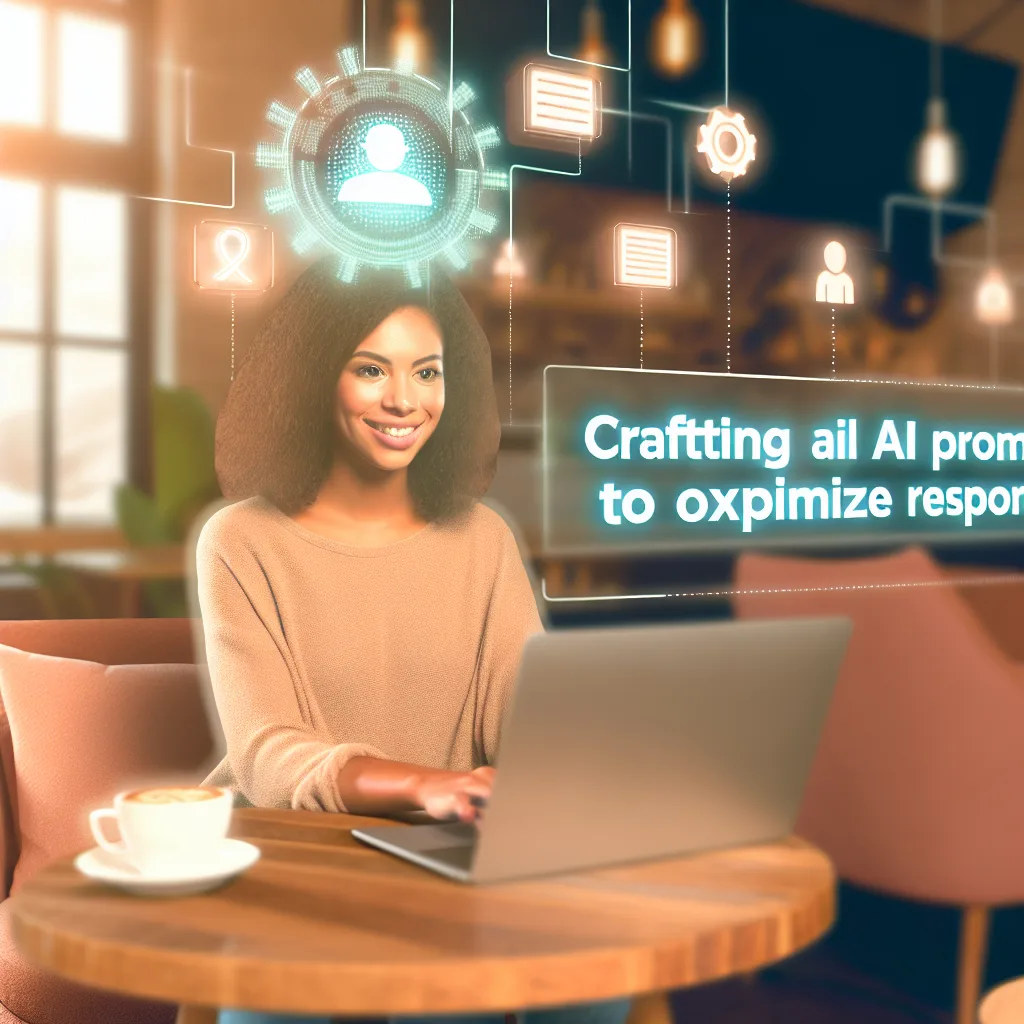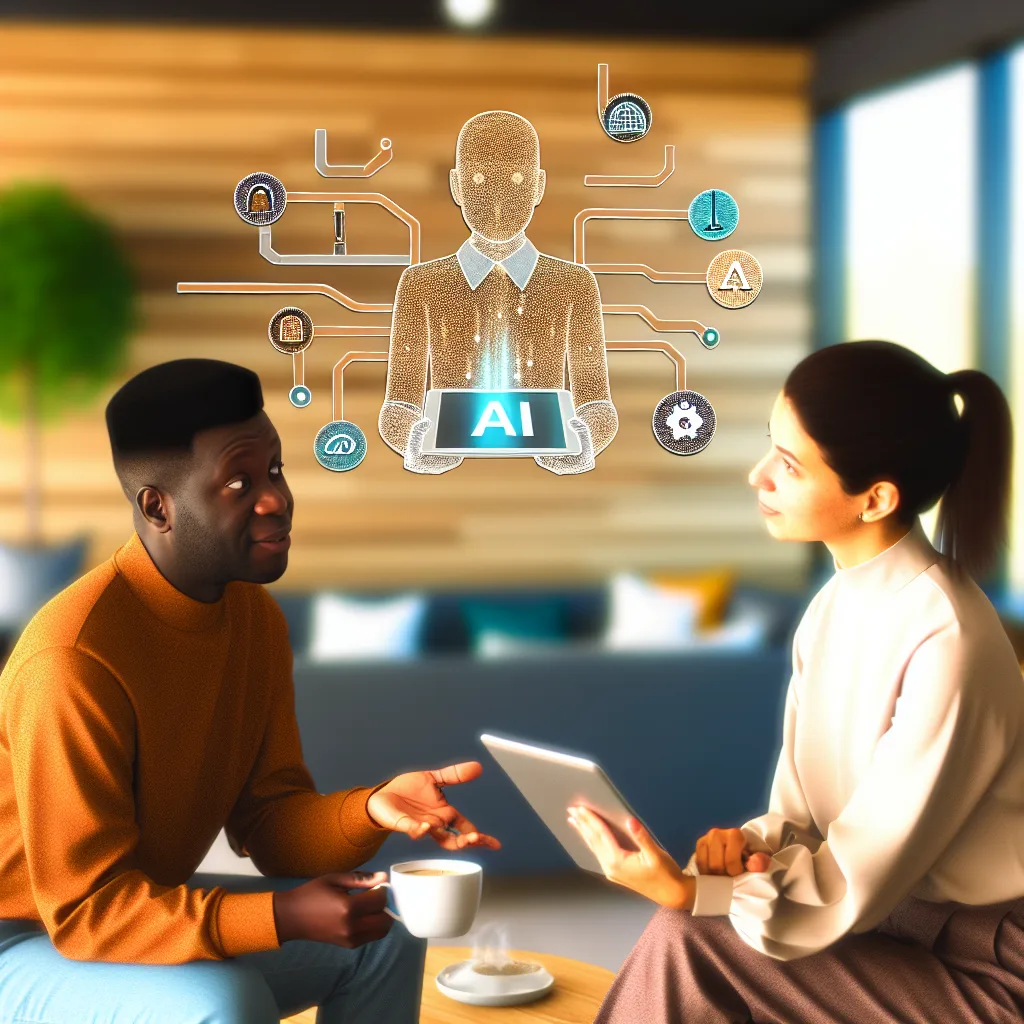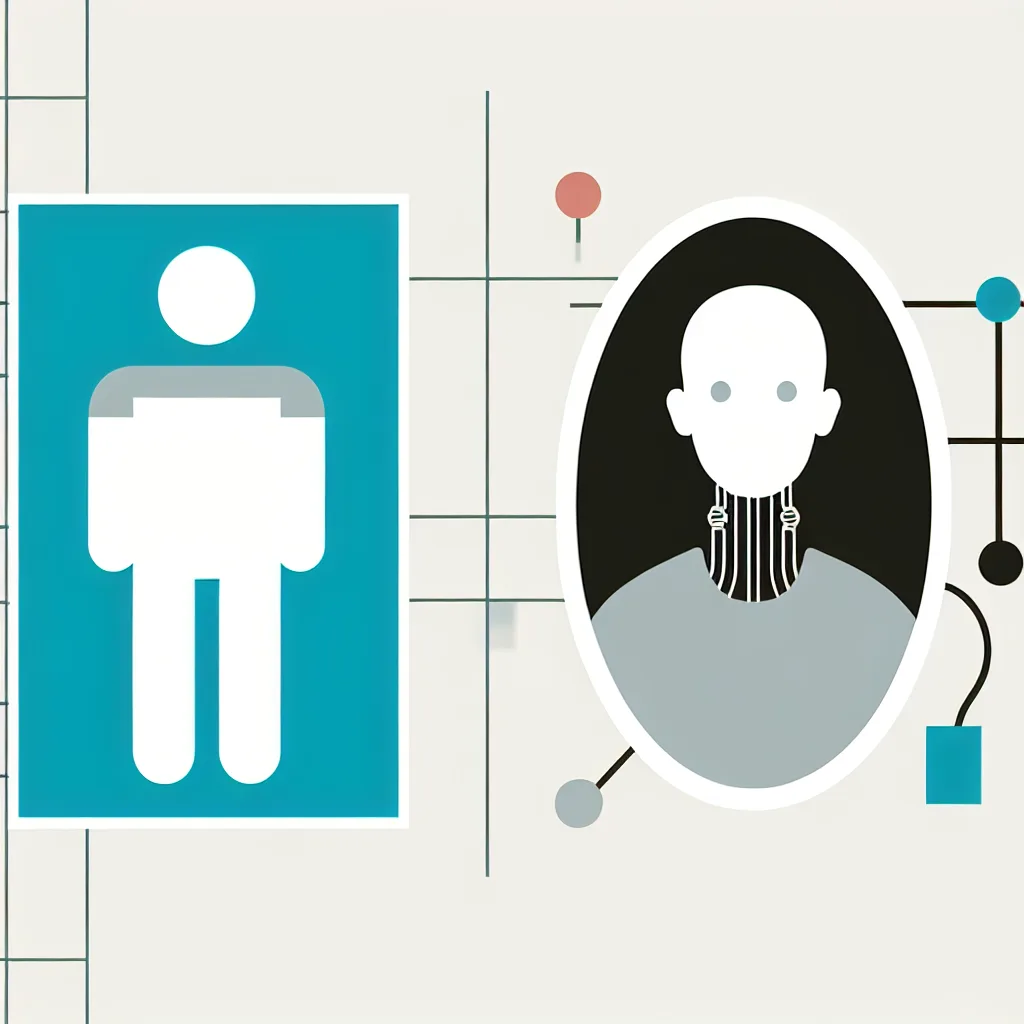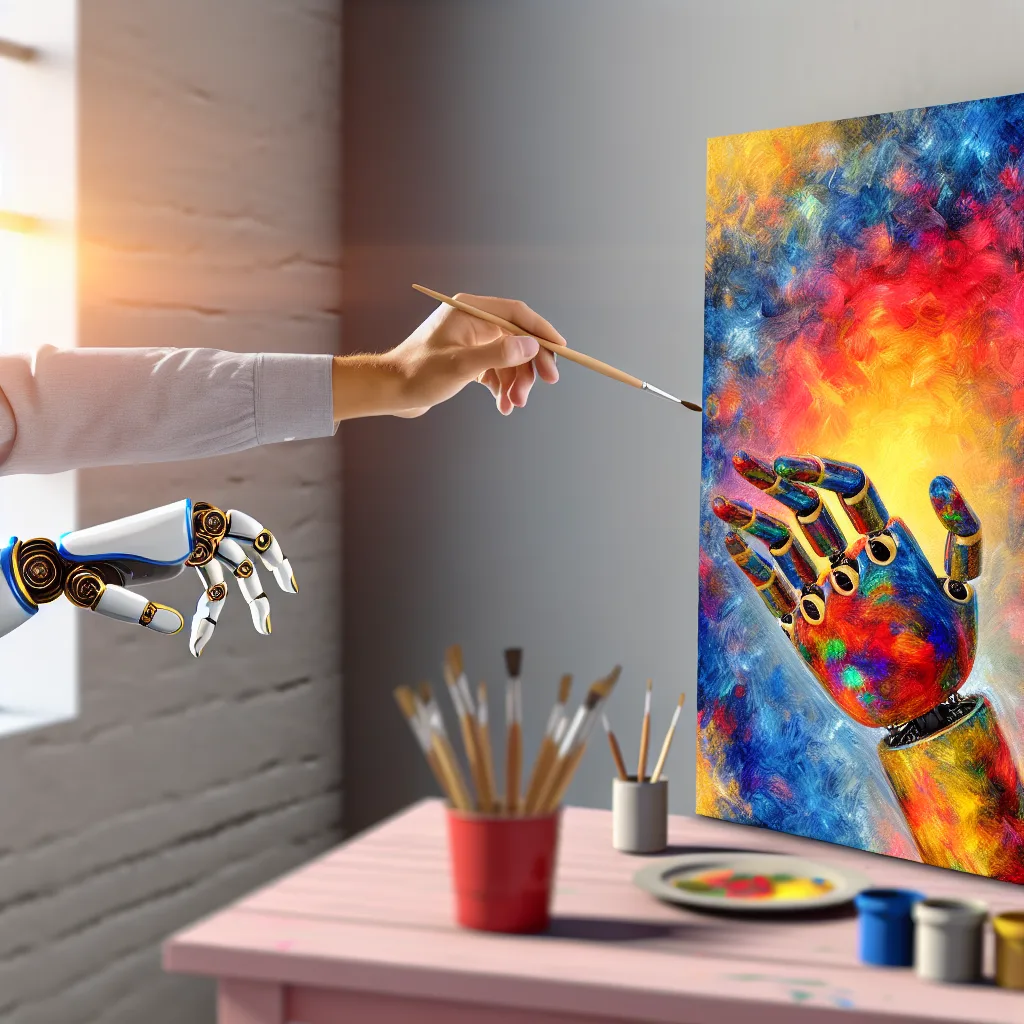Exploring the impact of AI’s water consumption in data centers and why it deserves more scientific attention
If you’ve been following the world of technology and environmental discussions lately, you might have noticed two big trends: the rise of artificial intelligence and the increasing focus on sustainability. But have you ever thought about how these two might intersect? Specifically, the AI environmental footprint, particularly when it comes to water usage in data centers, is something that doesn’t get nearly enough spotlight.
Lately, I’ve been curious about this myself. We all know AI is becoming central to many projects, sometimes even when it doesn’t seem necessary, just because it’s trendy. But beyond the buzz, AI’s computational needs require huge data centers running constantly, sucking up power — and a lot of water to keep things cool. Data centers use water-based cooling systems, which can consume millions of liters of fresh water annually. So, the AI environmental footprint, especially around water expenditure, is a topic that should interest us all.
What Is the AI Environmental Footprint?
The term “AI environmental footprint” refers to the total environmental impact of AI technologies, with water consumption being a major factor. Cooling data centers is a big thermodynamic challenge. These centers run non-stop, generating a lot of heat, and the most common method to manage that heat is using water-based cooling systems. It turns out, this water usage adds up, sometimes leading to significant strain on local water resources.
Why Doesn’t AI’s Water Use Get More Attention?
You might be wondering — with climate change being such a huge global concern, and AI being so prevalent, why aren’t more researchers, labs, or governments focusing on this? It’s a valid question. From what I’ve found, research on AI’s environmental footprint often ends in statistics — like how every single AI search or process requires a tiny but non-negligible amount of water.
That kind of information can feel a bit doom-and-gloom and doesn’t always lead to proactive solutions. Countries pushing sustainable tech, like Germany, do fund research extensively, but visible projects specifically targeting water use in AI data centers seem surprisingly scarce. This is despite the fact that creating an entire scientific subdiscipline for such a clear and ongoing problem would make sense.
What Would a Dedicated Discipline Look Like?
In the STEM world, when a big problem emerges, it often leads to new specialties or subfields. For AI and its environmental costs, a dedicated discipline could bring together computer scientists, environmental engineers, and policy makers. The goal? Developing more water-efficient cooling technologies, alternatives to water-based cooling, or ways to optimize computation to reduce resource demand.
Think about the potential: new materials that cool servers with less water, AI algorithms that adapt their workload based on environmental conditions, or entire data center designs focused solely on minimizing water usage. These efforts could lead not only to more sustainable AI but also pave the way for other tech-heavy industries.
What’s Being Done Now?
Some companies and researchers are aware of the problem and working on greener data centers. For instance, Google has been developing AI that optimizes its data center cooling to reduce energy consumption significantly (Google AI Sustainability Efforts). Meanwhile, research in alternative cooling methods such as liquid immersion cooling is gaining traction (Scientific American on Data Center Cooling).
However, this work is often fragmented. There’s no unified body or large, dedicated institution solely focused on AI’s environmental footprint, especially the water issue. Given AI’s growing role in society and the urgent need to address climate change impacts, the scientific community might benefit from formalizing this area with more dedicated research groups and funding.
Why Should You Care?
AI isn’t going away. It’s woven into more and more aspects of our lives. Understanding its environmental costs is crucial — not to stop progress, but to make sure that progress doesn’t come at the cost of our planet’s resources.
If we had a clear scientific discipline for AI’s environmental footprint, we’d likely see faster innovation on sustainable tech solutions. Plus, having specialists focused on this issue could better inform policy and industry standards.
Final Thoughts
AI’s water consumption in data centers presents a concrete example of the environmental challenges that come with our digital age. The idea of creating a dedicated scientific discipline around AI’s environmental footprint isn’t just an academic thought — it’s something that could steer meaningful change.
As we move forward, let’s keep an eye out for initiatives that connect the dots between AI, environment, and sustainability. Because solving these challenges requires awareness, collaboration, and of course, a dedicated focus.
For more on sustainable data centers and AI-energy research, check out these resources:
– Google AI Sustainability Efforts
– Scientific American: How to Cool Data Centers with Less Water
– IEEE Spectrum: The Environmental Impact of AI
Thanks for reading! If you have thoughts on how we could better tackle AI’s environmental footprint, I’d love to hear them.









